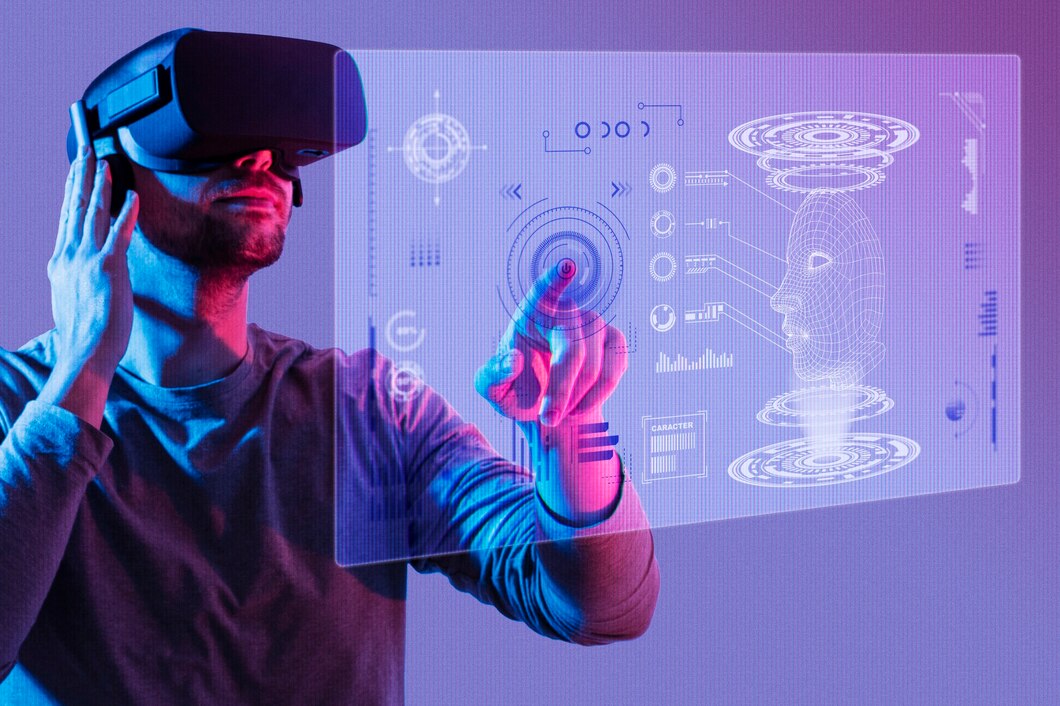Game development has grown far beyond 2D graphics and traditional PC games. Today, developers are building immersive VR (Virtual Reality), XR (Extended Reality), and AR (Augmented Reality) experiences that push the boundaries of technology. If you’re learning game development with Python, you’ve probably come across Pygame, a popular library for building 2D games. But a common question arises:
👉 Can Python Pygame be used for 3D VR/XR/AR game development?
Let’s dive in.
What is Pygame Best At?
Pygame is a lightweight Python library designed for 2D game development. It allows developers to create simple games with graphics, sound, and user interaction. It’s great for:
-
Prototyping ideas quickly
-
Learning the basics of game programming
-
Building small-scale 2D games
However, Pygame is not a 3D engine and does not natively support VR, XR, or AR features. This means it can’t directly handle stereoscopic rendering, head tracking, or AR camera overlays.
Can Pygame Handle 3D?
Pygame itself is not designed for 3D graphics. While there are workarounds—such as combining Pygame with OpenGL (via PyOpenGL)—this approach only allows you to render 3D graphics inside a Pygame window. Even then, it lacks the advanced physics, performance optimization, and VR integration that modern engines like Unity or Unreal provide.
So while you can create a basic 3D-like environment using Pygame + PyOpenGL, it’s not practical for VR or AR applications.
Why Pygame is Not Suitable for VR/XR/AR
VR and AR development requires:
-
High-performance 3D rendering
-
Real-time sensor integration (motion tracking, gyroscopes, etc.)
-
Head-mounted display (HMD) support like Oculus or HTC Vive
-
Spatial audio and physics simulation
Pygame simply does not provide these out of the box. Its focus is on 2D surfaces and sprites, which makes it great for arcade-style games but unsuitable for immersive 3D environments.
Better Alternatives for VR/XR/AR in Python
If your goal is to create VR, XR, or AR experiences with Python, here are better options:
-
Panda3D – A Python-friendly game engine with full 3D support.
-
Godot (with Python support via GDNative or plugins) – Lightweight engine with VR/AR plugins.
-
Blender Game Engine (or UPBGE) – Useful for 3D simulations and VR prototypes.
-
OpenXR + Python bindings – To directly access VR/AR hardware APIs.
-
Unity/Unreal (via Python scripting for tools) – While the core scripting is in C#/C++, Python can be used for extensions.
Where Pygame Fits In
While Pygame cannot directly build VR/AR/XR apps, it’s still very useful as a learning tool:
-
Beginners can master game loops, event handling, and collision detection.
-
Developers can prototype mechanics in 2D before moving to a 3D engine.
-
It helps build the foundation needed to eventually transition into advanced engines.
Final Verdict
Pygame is not built for 3D VR/XR/AR game development. It’s an excellent tool for 2D games and prototyping but lacks the rendering power, hardware integration, and libraries required for immersive technologies.
If your goal is VR, XR, or AR, it’s better to explore Panda3D, Godot, or Unity/Unreal. However, learning with Pygame first is a great stepping stone toward understanding the core logic of game development.
✅ In short: Use Pygame for 2D learning and prototyping, but switch to a 3D engine for VR/XR/AR.

